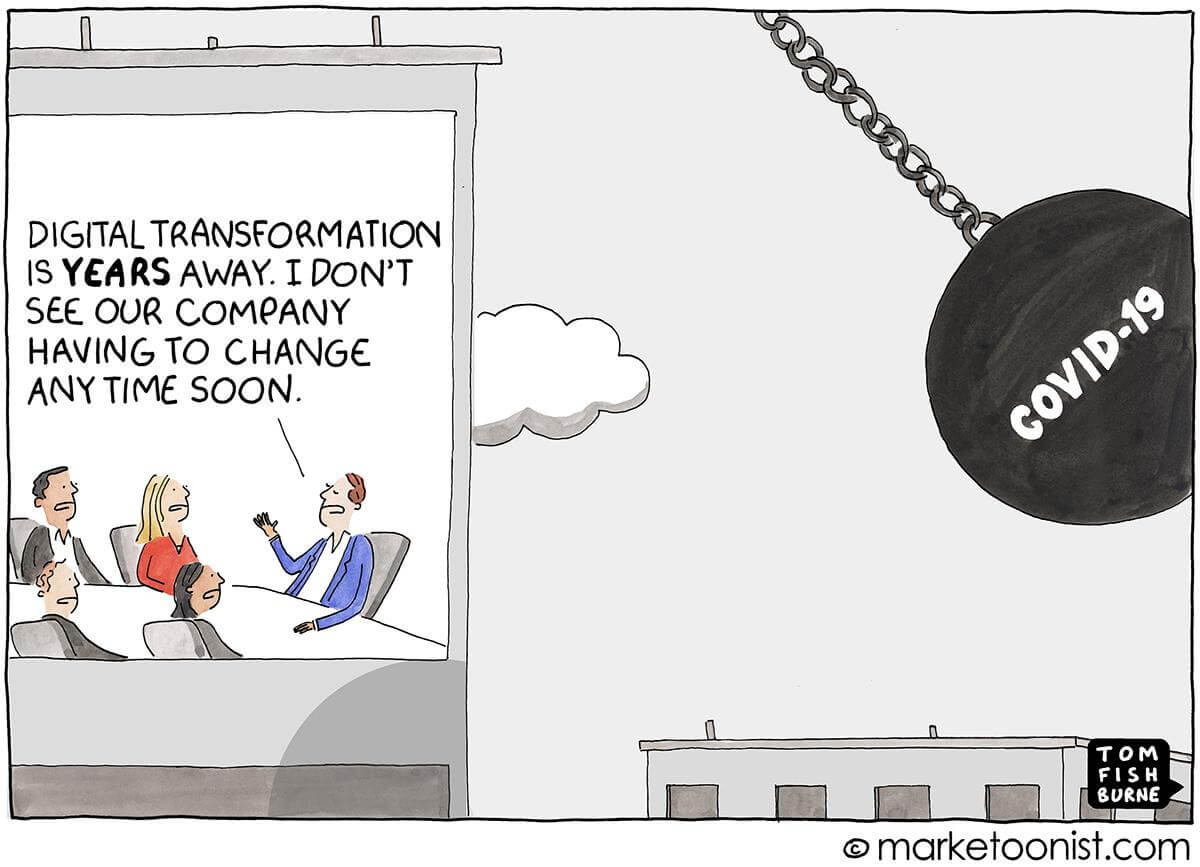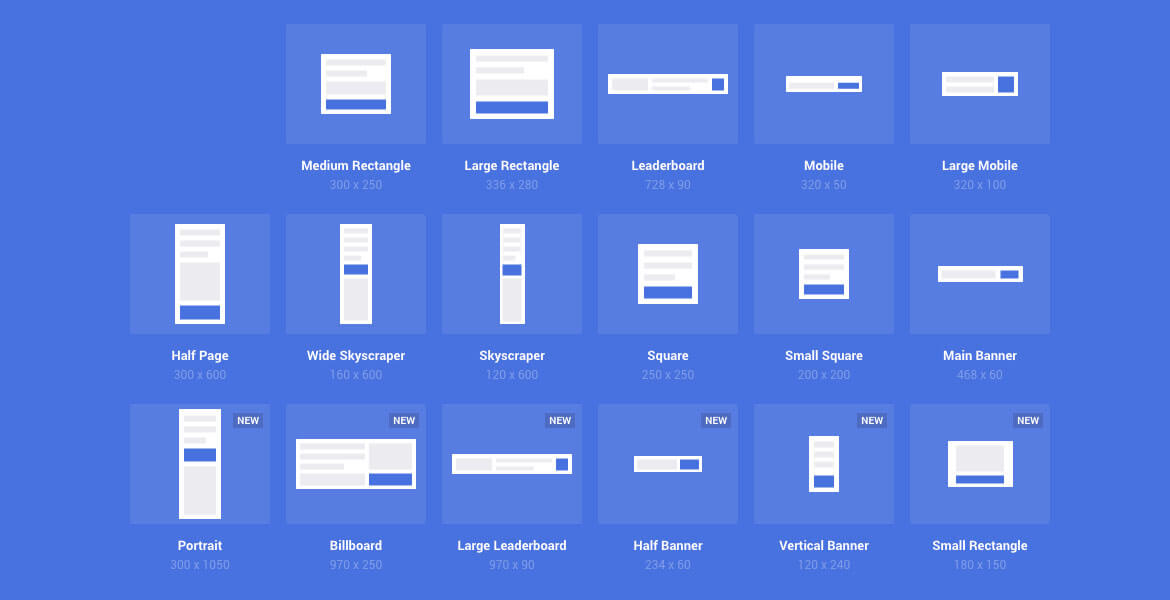The case for comprehensive digital ad metadata
Streamlining your Ad Metadata Management
The mad scramble is on to pause and update digital advertising. What exactly am I referring to? Here are just a few examples in recent times where brands had to pivot their events, ads, and communications as responses to the COVID-19 outbreak:
- KFC pulls its “Finger Lickin’ Good” ads
- All live events in the near future, e.g. the Olympics being postponed until next year
- Many major retailers pausing ads the promote products focused around social gatherings
- Miller Lite pulling ads related to the “Original Social Media” focused on gatherings at bars…
Imagine being in the situation that requires a pivot like this – pulling hundreds (if not thousands) of paid ads anchored in themes that are the antithesis of our current world affairs. I recognize that this is a period of time many of us have never experienced and maybe an extreme use case but there have to be other areas where a major pivot might be necessary.

Let’s pretend that COVID-19 and all the reactions and regulations never happened? What are other examples where a brand would need to pull a theme of ads down en masse…
For starters, while this pandemic is affecting much of the world, there are also many localized unforeseen and catastrophic events that would require a brand to be mindful of current advertising. There are all too many tragedies of late that can be recalled as a bad time for continued advertising (e.g. of venues, events, etc.) – and advertisers need to be quick to pull down advertisements that might be perceived as insensitive. I’m sure all readers can think of clear circumstances where this would be applicable without me needing to share links.
While many advertisers generally think about where they are running paid media there is a high likelihood that there is related content being used in other channels including on the website. Since you want your brand reputation to remain stellar, all of the related content needs to be quickly identified and addressed if that means being removed. Therefore, tagging content with thorough metadata is just as important as tagging your paid media.
Secondly, typos and grammatical errors. I know the internet loves to poke fun at brand fails when it comes to these kinds of mistakes. Considering the many steps in the current digital ad creative and operational process as well as all the variants possible for a singular campaign theme, these errors are bound to happen.

If you can easily identify a large batch of ads that have one of these grammatical errors or typos, you are better able to mitigate negative exposure.
Next, consider your automated multi-channel marketing/advertising sequences that rely on specific metadata (e.g. a mix of demographic and product interest) to trigger properly. If that metadata is missing, inaccurate or incomplete, your automation is going to fail (either by not triggering or not showing the right offer). Again, if you can easily identify the collection of ads that have bad metadata and the associated automations, you can more easily rectify the broken campaign.
Also, think about the countless ad campaigns that have bombed or created negative controversy over the years for brands worldwide. There’s been a number lately that have hit sour notes with audiences. With a quick Google search for something like “major brand fails +2019” you’ll see a fair amount of errors and a collection of them include digital advertising fails with audiences misconstruing messaging. I’ll let you do the search so I don’t throw these brands under the bus.
These failures forced brands into some serious damage control. If you are able to more rapidly respond by removing and updating messaging, you’re able to reduce challenges for your company and brand.
Lastly, brand safety is also critically important today. so if you are accidentally advertising in bad neighborhoods because your ads are not tagged with the right metadata, you are exposing your brand to potential backlash and ridicule.
How do you deal with these challenges?
When you have distributed and disparate teams, running various iterations of these campaigns across digital platforms, how would you track all of these ads down to be pulled?
One way, as confessed to us by a prospective customer, was an “all hands on deck” manual search for any advertising that promoted social gatherings. This company (one of the leading retailers on the planet), wanted to be sensitive to the current global affairs and pause advertising that promoted ideas that are currently mandated against (e.g. no BBQ parties allowed right now in many places around the world).
Another way to solve this problem would be a centralized repository and collaborative tool of all the robust metadata regarding digital ads and content so they are searchable and you can find the assets that need to be pulled. This is where we help.
Good digital content and advertising has extensive associated metadata – defining, in detail, what the ad or content is about. If the campaign and content taxonomies are robust and the metadata beneath them are thorough and accurate, the ability to more quickly assess what needs to be pulled and where will be a lot more efficient – saving you time, money and negative exposure.
Brands need to think more strategically about the development of taxonomy, metadata and how to effectively create and manage it all.



